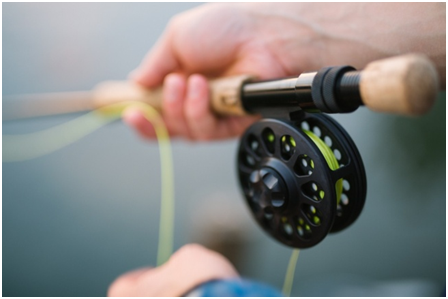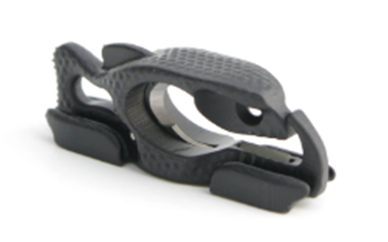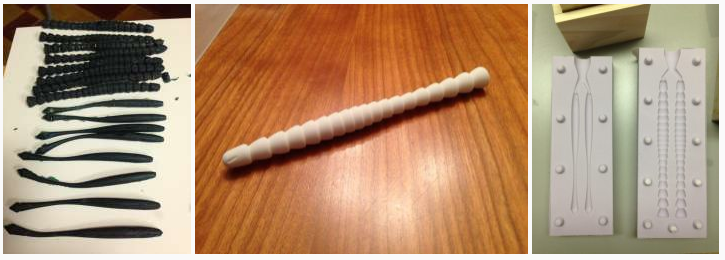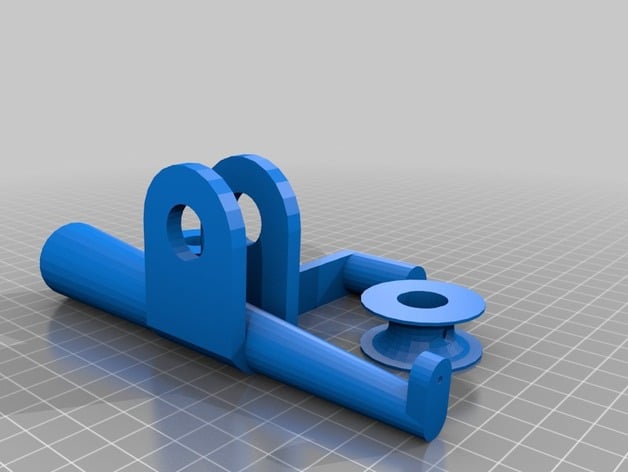
Charles R. Goulding and Ryan Donley discuss the rise of 3D printing in fishing as outdoor activities continue to attract enthusiasts.
The impact of the COVID-19 pandemic has affected many in their ability to leave their house as they please. However, there has been a rise in the number of outdoor activities as people are growing tired of being relegated to the indoors. One such rising activity has been fishing, multiple accessible routes to water, and plenty of open space, whether at bodies of water or from a boat, has played well under acceptable social distancing activities.
With a rise in fishing, fishing gear from lures, rods, reels, and other gear are seeing spikes in sales and usage. Fishing gear is susceptible to overuse and broken, damaged gear or lost gear, and is not uncommon to experience this. With the rise of 3D printing in many fields, fishing is another unique area where additive manufacturing practices can be utilized. Extending the useful life of gear can prevent expensive replacements in which numerous companies are working on ergonomic and efficient 3D printed fishing gear.
FinMan Fishing Innovations

FinMan Fishing Innovations is a Michigan-based company that specializes in functional fishing equipment. The company recently brought to market a unique multi-use fishing tool, the FinMan Original. The FinMan Original is produced utilizing Carbon’s Digital Light Synthesis technology through Gallagher Corporation which allowed the product to be manufactured as intended even with complex geometries. As a result, the product can meet physical demands and stress from frequent use with high performance and functionality. The Finman has been popular amongst anglers as the product is sold out frequently.
Quantum
Quantum is a fishing gear company specializing in reels and reel technology. Quantum has been delivering innovative products to the fishing world including their precision 3D designed and printed equipment. The company develops durable gear through an iterative process of 3D design using computer software with additional stress analyses as well as quality and durability tests. Once passing through these processes and tests, the products are then 3D printed and guranteed long-lasting and high performance.
BioSpawn

BioSpawn is a specialty fishing lure company that produces genetically engineered soft-bait made from versatile soft plastics. The lure is uniquely designed to provide angles with a compact and smooth lure that provides a unique experience to stimulate predator fish. BioSpawn went through an iterative process to utilize 3D silicone molds to produce their lures whereas prior iterations were costly in tooling and molding and were difficult to keep clean.
MakeXYZ
MakeXYZ is not a producer or manufacturer of fishing gear however, they have one of the largest open source arrays of 3D models for fishing gear. The models are user-designed and include gear such as rod holders, line guides, reel handles, cranks, and more. Many anglers are experimenting with these components and are preemptively utilizing 3D printed parts in the event of a damaged piece of equipment for a quick swap to prevent a wasted day out.

3D printing and similar activities may be eligible for the Research and Development Tax Credit, which is briefly described below.
The Research & Development Tax Credit
Enacted in 1981, the now permanent Federal Research and Development (R&D) Tax Credit allows a credit that typically ranges from 4%-7% of eligible spending for new and improved products and processes. Qualified research must meet the following four criteria:
- Must be technological in nature
- Must be a component of the taxpayer’s business
- Must represent R&D in the experimental sense and generally includes all such costs related to the development or improvement of a product or process
- Must eliminate uncertainty through a process of experimentation that considers one or more alternatives
Eligible costs include US employee wages, cost of supplies consumed in the R&D process, cost of pre-production testing, US contract research expenses, and certain costs associated with developing a patent.
On December 18, 2015, President Obama signed the PATH Act, making the R&D Tax Credit permanent. Beginning in 2016, the R&D credit can be used to offset Alternative Minimum tax for companies with revenue below $50MM and, startup businesses can obtain up to $250,000 per year in payroll tax cash rebates.
Conclusion
Fishing is a popular recreational activity worldwide and the industry continues to grow year after year. Now in the COVID-19 environment, fishing is becoming a great opportunity for everyone from beginners to veterans to experiment new habits and gear. This includes the use of 3D printed equipment as starting up fishing can be expensive and replacement parts for veteran fisherman can be equally as costly in time and value.
